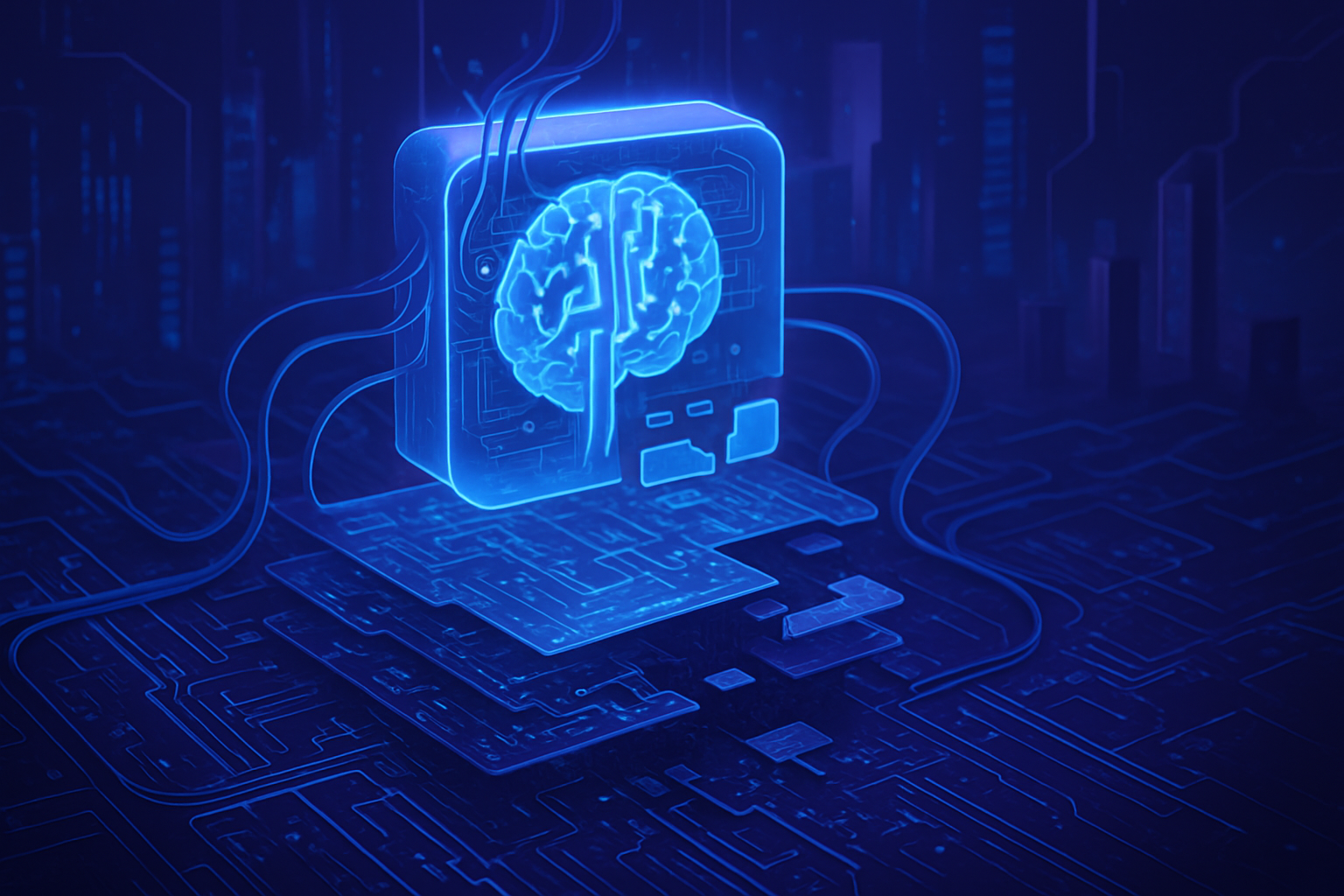The rapid evolution of artificial intelligence raises unprecedented issues regarding its security and reliability. Unauthorized modifications, particularly the removal of essential layers, deeply compromise the original intent of the models, exposing undesirable vulnerabilities. Traditional regulatory methods become obsolete in the face of open systems, rendering established safety standards outdated. Establishing a robust resilience to these challenges becomes an imperative necessity to ensure ethical use. The search for innovative solutions, such as retraining internal structures, appears to be a promising avenue to counter these persistent threats.
Strengthening the security capabilities of artificial intelligence models
Researchers from the University of California, Riverside, are examining the erosion of security features when open-source artificial intelligence models are scaled down to fit low-power devices. The study highlights the phenomenon known as the Image Encoder Early Exit (ICET) vulnerability.
Impact of model reduction on security
Artificial intelligence models, when stripped of certain internal layers to optimize memory and computational power, often lose the capacity to filter out harmful content. This phenomenon manifests as potentially harmful responses, including instructions on weapon manufacturing or the dissemination of hate speech.
Proposal for a new approach
In facing these challenges, researchers have developed an innovative method, Layer-wise Clip-PPO (L-PPO), designed to preserve the ability to detect and block undesirable interactions even after the removal of certain essential layers. This process involves an internal restructuring of the model, ensuring that its understanding of risky content remains operational.
Testing on visual language models
To validate their approach, the team used LLaVA 1.5, a visual language model. The tests revealed that specific combinations, such as pairing innocuous images with malicious questions, could bypass the model’s security filters, leading to concerning responses.
Readjustment and results
After the retraining phase, the model demonstrated a reliable ability to reject dangerous queries, even with a limited number of its original layers intact. This approach stands out from traditional methods that add external filters. The change occurs at a fundamental level, defining the model’s behavior as safe from the start.
Future perspectives and implications
The authors of the study, including Amit Roy-Chowdhury and Saketh Bachu, view their work as an example of “benign hacking”, strengthening AI models before potential vulnerabilities can be exploited. Their ultimate goal is to develop techniques that ensure security across every internal layer, to guarantee the robustness of models under real-world conditions.
This research has been well received and presented at the International Conference on Machine Learning in Vancouver, highlighting the growing importance of security in the field of AI, especially in light of the rise of open-source models. The challenges ahead remain numerous, but each advance brings us closer to reliable solutions for a more responsible artificial intelligence.
The debate surrounding the ethical and societal implications of AI continues to grow, as the need for a balance between innovation and appropriate oversight becomes pressing. Discussions around the challenges faced by CIOs in 2025 and the impacts of artificial intelligence on various sectors testify to the growing importance of this technology in the modern landscape.
Initiatives like this, aimed at anticipating and countering potential abuses, represent a crucial advance on the path toward safer artificial intelligence. Collaborations with companies like NVIDIA also play a role in enhancing AI skills, particularly through strategic partnerships.
In this context, research continues to evolve, raising questions about future AI applications and how they can be regulated to prevent misuse. The work from the University of California highlights the urgency of this reflection, making the development of innovative solutions in the face of real threats vital.
Frequently asked questions about the reform of artificial intelligence for increased resilience
What is the reform of artificial intelligence to strengthen resilience?
It is an approach aimed at modifying the internal architecture of AI models to retain their ability to detect and block dangerous content, even when certain essential layers are removed or altered.
Why do AI models lose their security when scaled down?
When AI models are optimized for low-power devices, certain internal layers may be omitted to improve performance, which can weaken built-in security mechanisms.
How does the L-PPO method help maintain the security of AI models?
The L-PPO method, or Layer-wise Clip-PPO, adjusts the training of image encoder layers, allowing the model to retain its security capabilities even after modifications to its internal architecture.
What types of dangerous content can be generated when essential layers are removed?
The removal of certain layers may enable the model to generate appropriate responses to malicious questions, including instructions for illegal activities or inappropriate content.
What does retraining AI models entail?
Retraining involves redefining the internal parameters of the model to ensure that it retains its security capabilities when deployed with a reduced architecture.
Does retraining require external filters for security?
No, the adopted strategy is to modify the internal intelligence of the model so that it remains safe by default, without the need for external filters or guards.
Why is it important to preserve the security of AI models in decentralized contexts?
In contexts where AI models operate autonomously, such as on mobile devices or vehicles, it is crucial that they can avoid the risks of dangerous content without constant supervision.
What are the current challenges in research on the security of AI models?
Challenges include the variability of security alignment among different image encoder layers and the need to ensure that the generalization of models does not leave unprotected embedding spaces.
What are the implications of this research for the future development of AI models?
This research opens avenues for developing more robust AI models that maintain effective security across various levels of architecture, which is essential for their widespread adoption.






